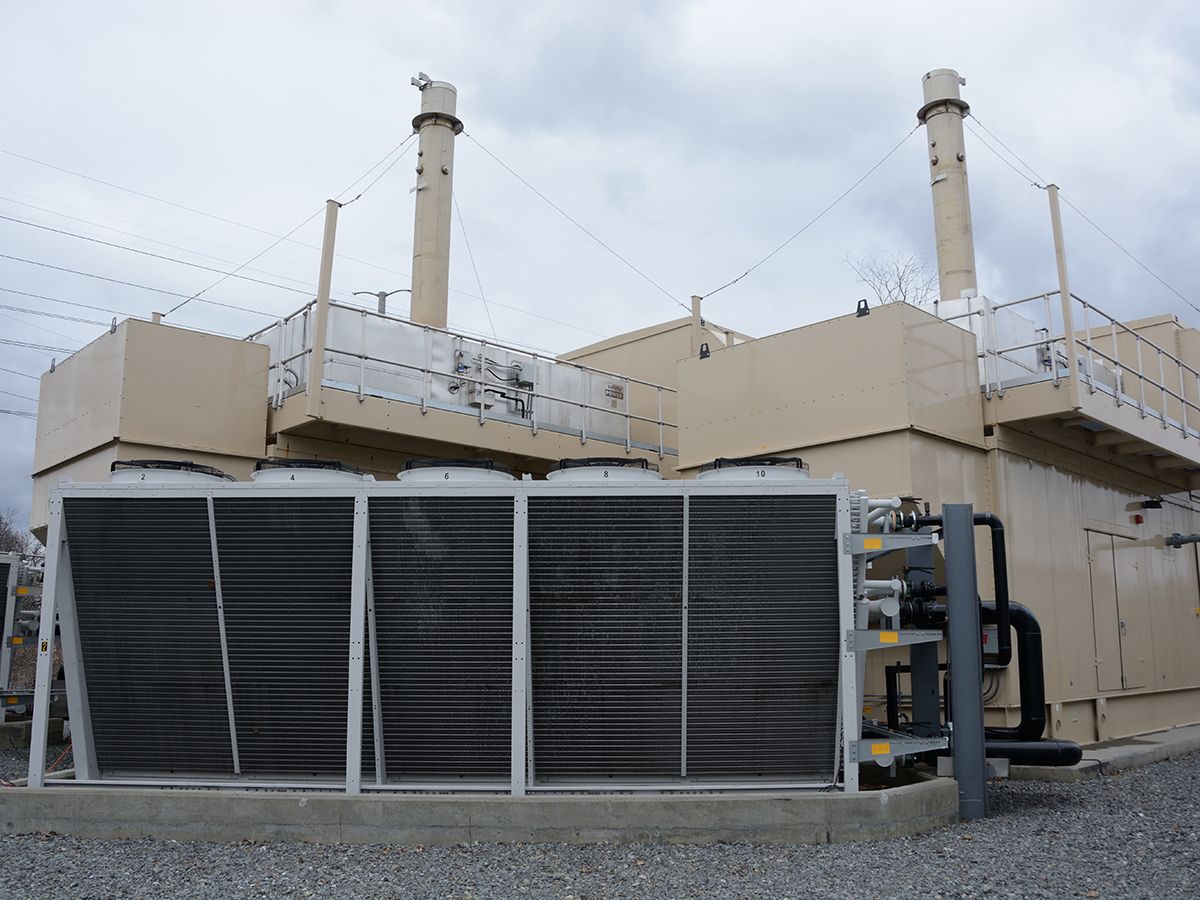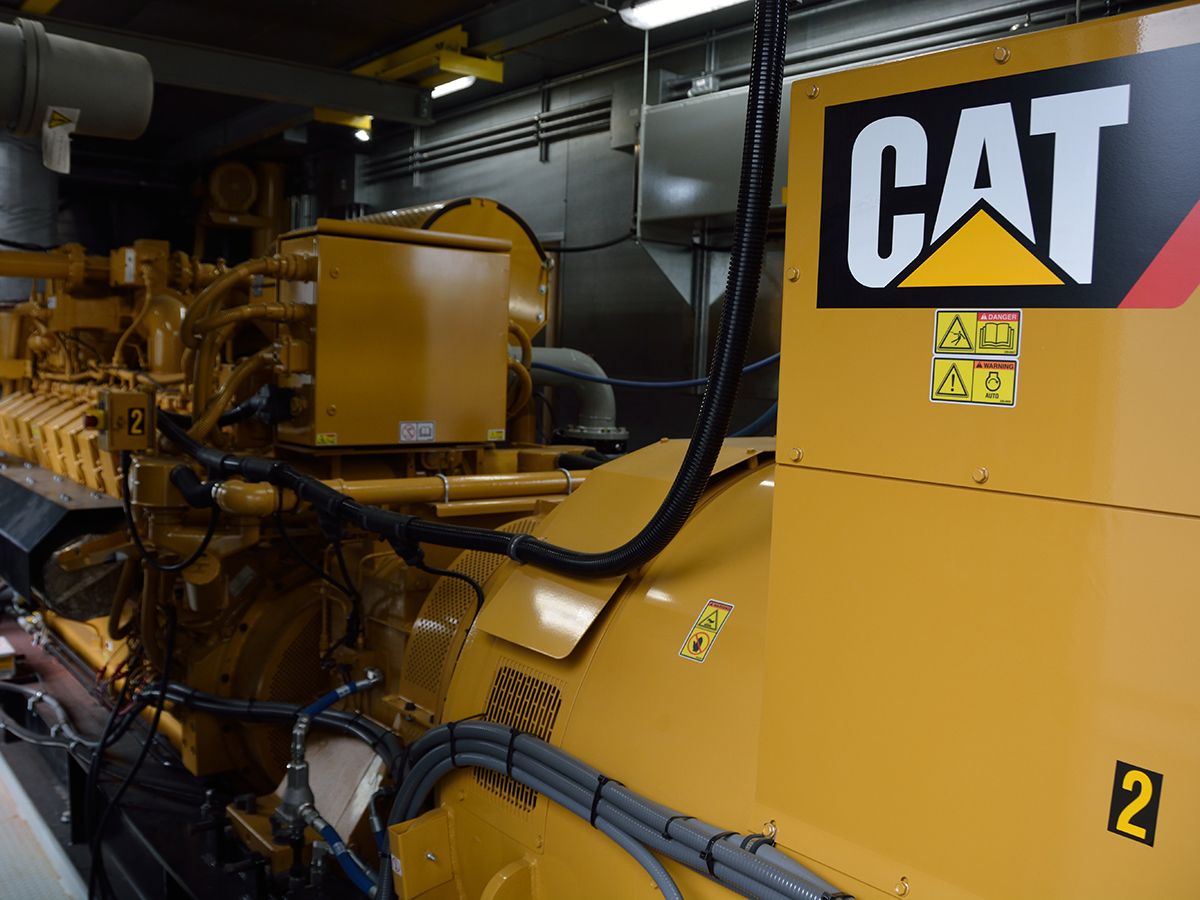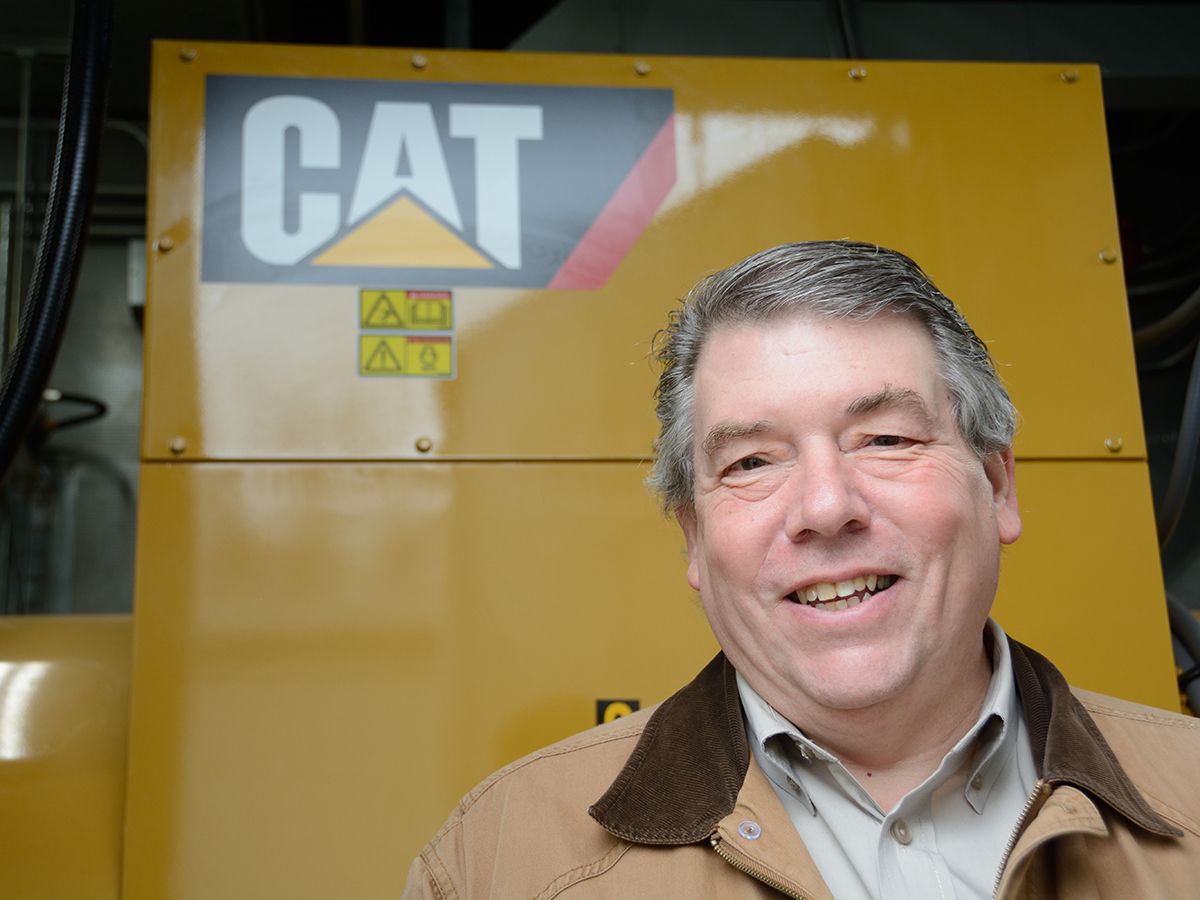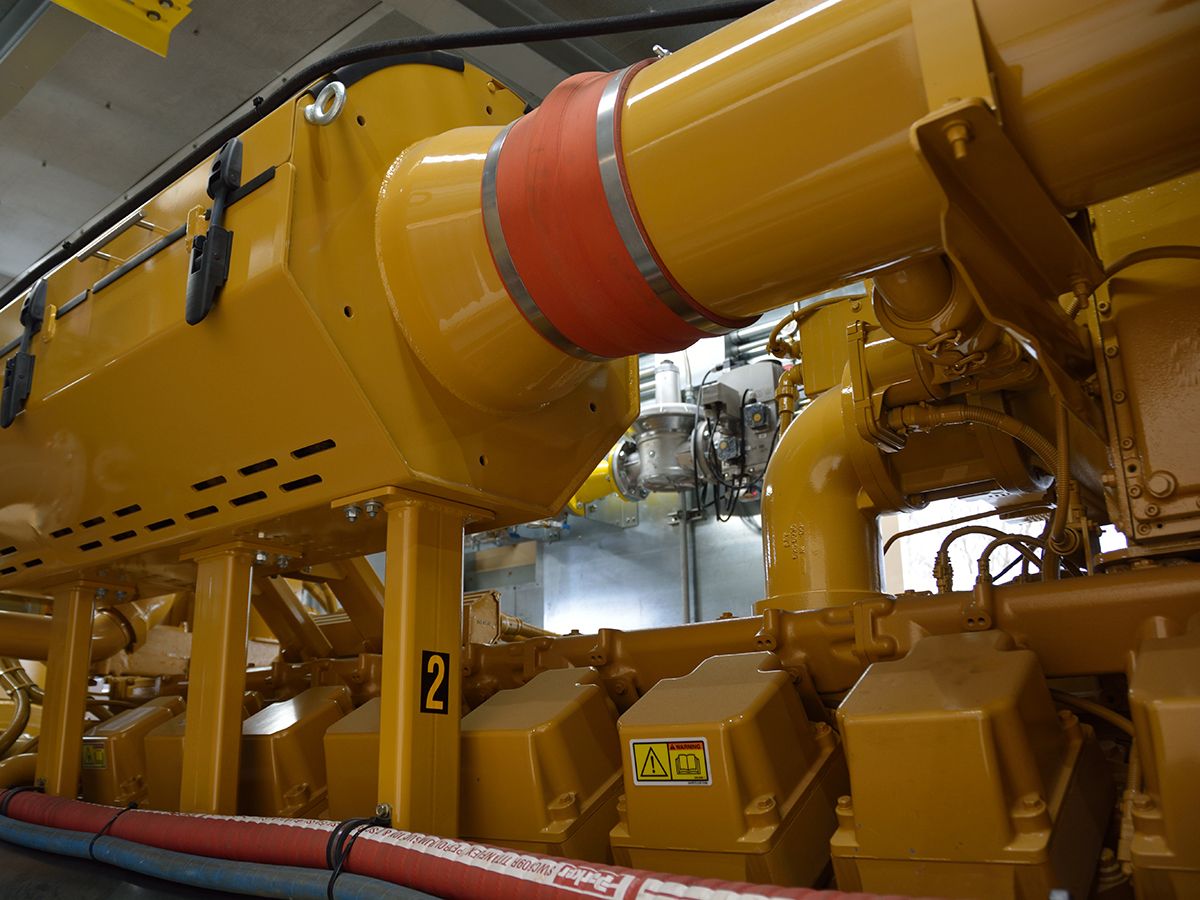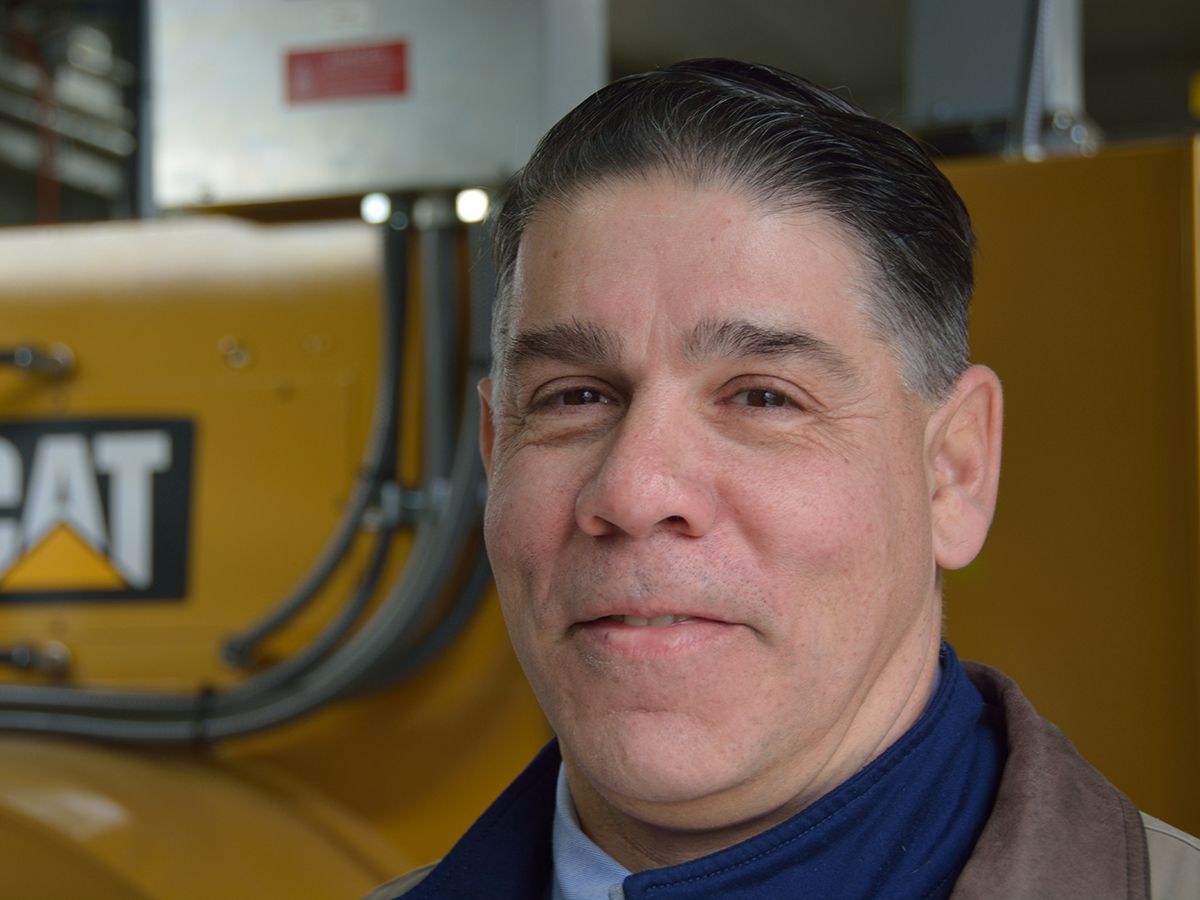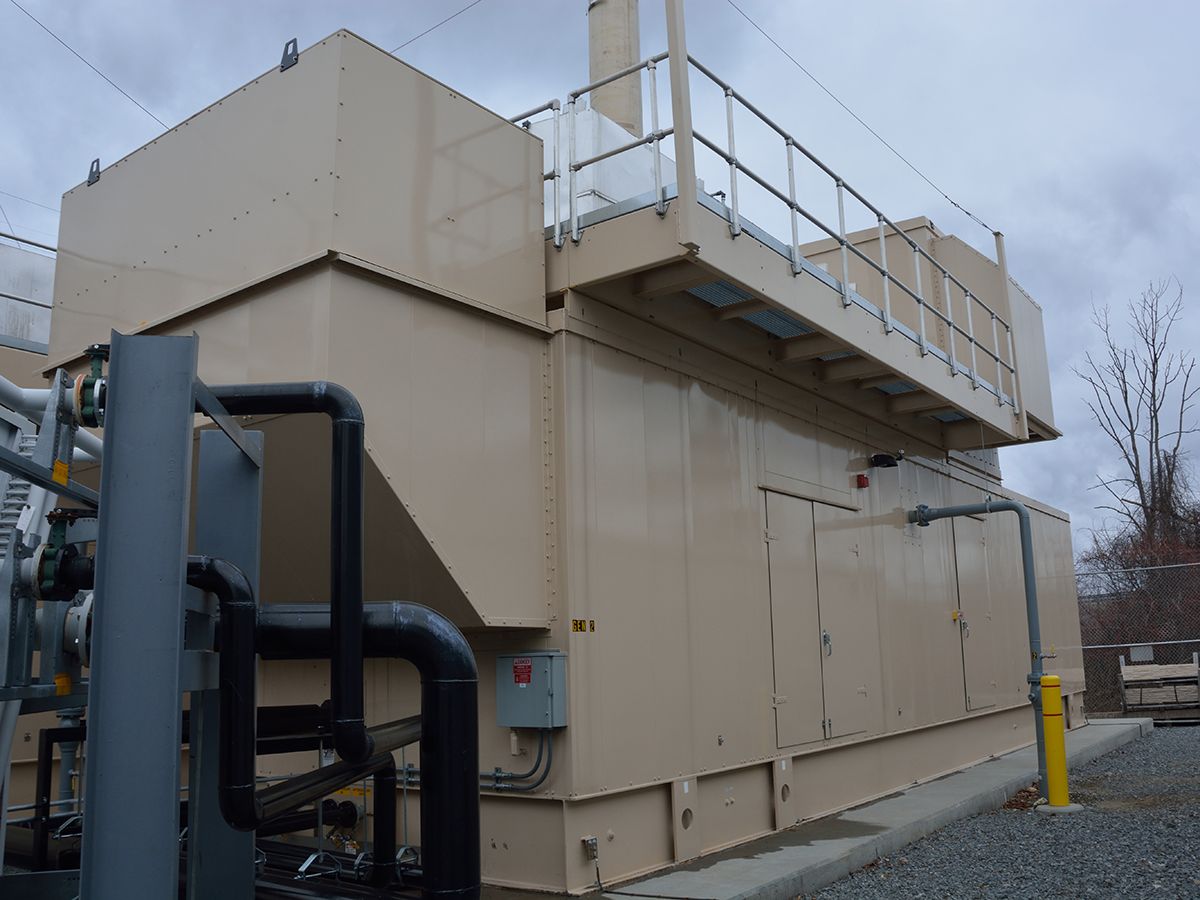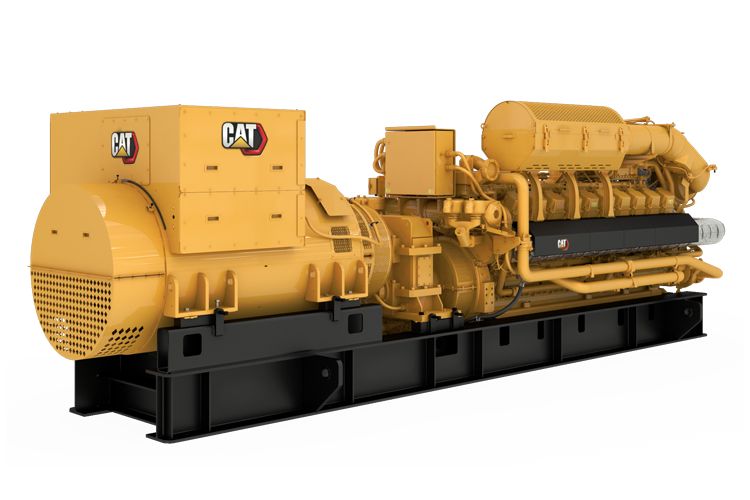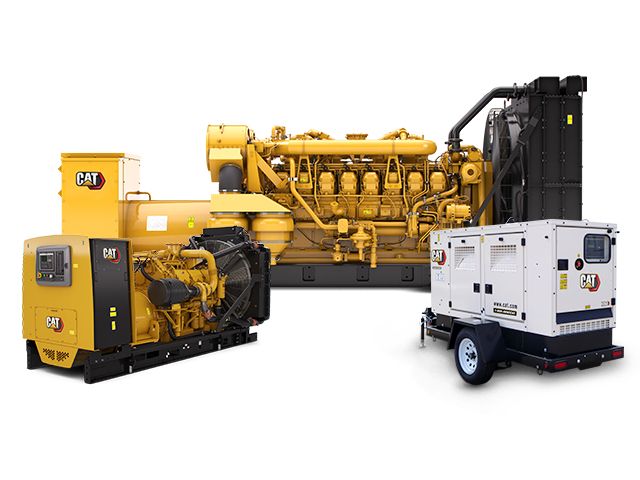POWER NEED
Founded in 1894, Wakefield Municipal Gas & Light Department (WMGLD) is a distribution utility responsible for supplying power to approximately 13,000 residential and commercial customers, and natural gas to 7,000 customers.
Located just north of Boston, Wakefield operates in a challenging environment, as New England’s energy customers incur higher energy costs than the national average. Massachusetts remains a high-cost energy state, fourth among all U.S. states for residential gas heating costs and for average residential electricity costs, according to the U.S. Energy Information Administration.
The state’s high-cost energy environment continues to pose challenges for economic growth and energy affordability. Massachusetts remains among the most price-sensitive natural gas markets in the nation due to limitations on its infrastructure capacity.
Against this backdrop, WMGLD has taken a series of steps to hold the line on rate increases while delivering reliable power. Within the last four years, the municipal utility has added a second substation, a ring station, and several transmission lines. These electrical infrastructure improvements have greatly increased both capacity and reliability.
SOLUTION
During the last two years, Wakefield installed two Cat® G3520H generator sets to help manage periods of peak demand. Wakefield is the second of five Boston area municipal utilities to install distributed generation as a tool to better manage energy costs.
Depending on the system load, WMGLD’s generator sets run five to six times a month for three to four hours at a time. Because the Cat generator sets start fast and load fast, electrical demand can be managed more effectively at the local level to help minimize the demand from large industrial users, says Pete Dion, general manager at WMGLD.
“To minimize or lessen their demand on the system, the use of these Cat generators give us a little bit more control,” Dion says. “We can manage demand in the town at a higher level and not worry about having to convince individual customers how they can contribute to lowering the demand on the system.”
The Cat generator sets also serve as a hedge for the utility’s gas supply. In the winter months, WMGLD will contract for a specified amount of natural gas at a set price.
“On some days during those winter months, we’re not using what we’ve contracted for,” Dion says. “So we’ll use the generators to use up some of that gas.
“If we contracted for a specified amount and we’re forecasting that based on mild temperatures we’re going to use less than that, we can run the generators to use up some more of that gas that we’ve already contracted for rather than buying electricity on the open market,” Dion says. “And we’ve done that a good number of times based on the mild winter we’ve had.”
As a municipal utility that distributes energy it receives from outside sources, WMGLD is a member of the Massachusetts Municipal Wholesale Electric Co. (MMWEC), which provides hedging and portfolio management services for Wakefield’s bulk power supply. As a joint action agency, MMWEC enables Wakefield to take advantage of pooled transactions resulting in lower rates for its customers.
Wakefield has a multi-layered energy portfolio that includes natural gas, nuclear, hydro wind, and solar. Those layers include some partial ownership in nuclear power plants, long-term energy contracts, and short-term contracts, as well as relying on spot prices on the open market.
“We’re always layering our portfolio so that we’re covered for all the different obligations and needs,” Dion says. “So, there are capacity needs and then also supply needs. And depending on the pricing, we’ll layer in long-term capacity, medium-term capacity, and short-term energy around times of peak demand. There are all kinds of different power supply modes that you can use, and we have a little bit of each.”
RESULTS
WMGLD needs to control peak loads that occur between 4 and 8 p.m., and the Cat G3520H generators are well-suited to provide power during times of peak demand.
“When I first started in the industry, with all the commercial load from business, the region always peaked between 1 and 4 p.m.,” Dion says. “Now the region peaks between 6 and 8 p.m., and that’s all been driven by the installation of so much solar power. Solar energy is taking care of the peak between 1 and 4, but now the new peak occurs later, and solar power is not going to add any value between 4 and 8 p.m. So, if we don’t have our own generating units to fill in, then we’re not going to get the full value from that solar power.
“It’s very similar out west, where they have giant solar and wind farms,” Dion continues. “If the wind stops blowing and the sun stops shining, they bring those generating plants online to smooth that out.”
After the second Cat generator set was installed in June 2018, WMGLD was well positioned when a combination of weather conditions on Labor Day 2018 caused the price on the spot market go through the roof.
“We were able to run the generator to help solve that crisis, as well as save our customers money, because we were running very inexpensive generation at the time,” Dion says.
In January, Massachusetts Gov. Charlie Baker upped the ante when he announced he wants the state to adopt a goal of net-zero greenhouse gas emissions by 2050—a target also included in comprehensive legislation that was introduced in the Massachusetts legislature.
“Right now, there is no clear path to zero emissions because wind, solar, and hydro power only work when they work,” Dion says. “So, I think you’re going to need some distributed generation like our Cat units provide. You want the most efficient and environmentally friendly energy, but you’re still going to need power generation units like this to back it up at peak times.
“The key to a unit like our Cat G3520H gensets is that you don’t have a long startup and a long cool down,” Dion adds. “You can run these units in short increments and offset the peaks when necessary.”
In addition to leveling out energy demand, the generator sets help stabilize the rate WMGLD charges it customers.
“By now, we probably would have been forced to have a rate increase, but we haven’t had a base rate increase since 2009,” Dion says. “Utilizing tools like the generators have enabled us to maintain and stabilize our rates. We’re running them more frequently to firm up the overall capacity and level the load a little bit more.”
Based on the frequency with which the generator sets have been running, payback on the generator sets will be realized in about five years, which is less than the initial estimate of 7.5 years, says David Polson, engineering and operations manager for WMGLD.
“Having our own distributed generation offers a lot of flexibility,” Polson says. “And we have found it helpful to talk to other communities that have them. You find out how they use it and what the challenges and the benefits are. We’ve seen increased use of the generators by some of the municipal utilities in our area, so they are seeing the benefits as well.”
Wakefield started preparing for the installation of the generator sets with the construction of the second substation along with other system improvements. The project was put out for bid, and the utility selected Milton Cat based on Caterpillar’s reputation for quality and reliability, as well as first-rate dealer support.
Massachusetts has some of the most stringent emissions regulations in the country, on a par with California. In order to streamline the construction and permitting process, Milton Cat installed a selective catalytic reduction system (SCR) on top of both generators, which enabled Wakefield to avoid the time-consuming process of securing an air permit from state regulators.
“When it comes to reducing emissions, Milton Cat’s expertise made it easy for us to go through the process of installing the generator sets and avoid a lengthy permitting process with the state,” Polson says.
The Cat dealer’s experience installing and servicing generators in several other Boston area public utilities, including nearby Reading, made the decision easy.
“We were looking for a company that would be responsive and understand our needs—how we planned to use the generators—and we found that Milton Cat was that company,” Polson says. “It was great to see that Milton understood how we use them and was able to respond to that need.
“It’s a long-term commitment by both parties,” Polson adds, “and Milton Cat is committed to a partnership with us to make sure the units are operating optimally. They’re there when we need service; they’ve been very responsive.
“They’re a local company that can dispatch service techs in a short amount of time. And they’re all seasoned employees at Milton Cat—they know their job.”
Download the Power Profile



